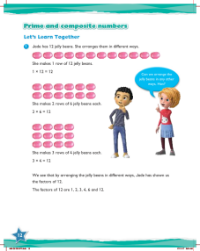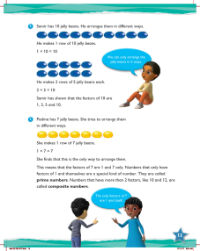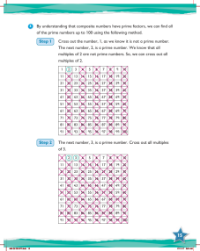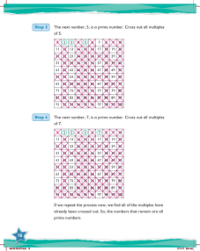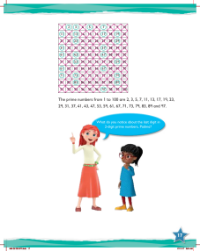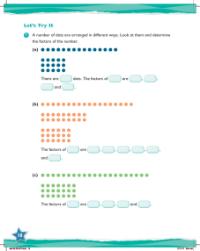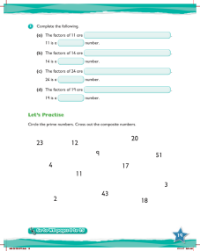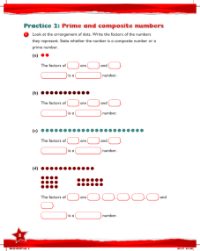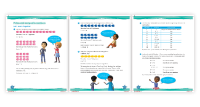Max Maths, Year 6, Try it, Prime and composite numbers (2)
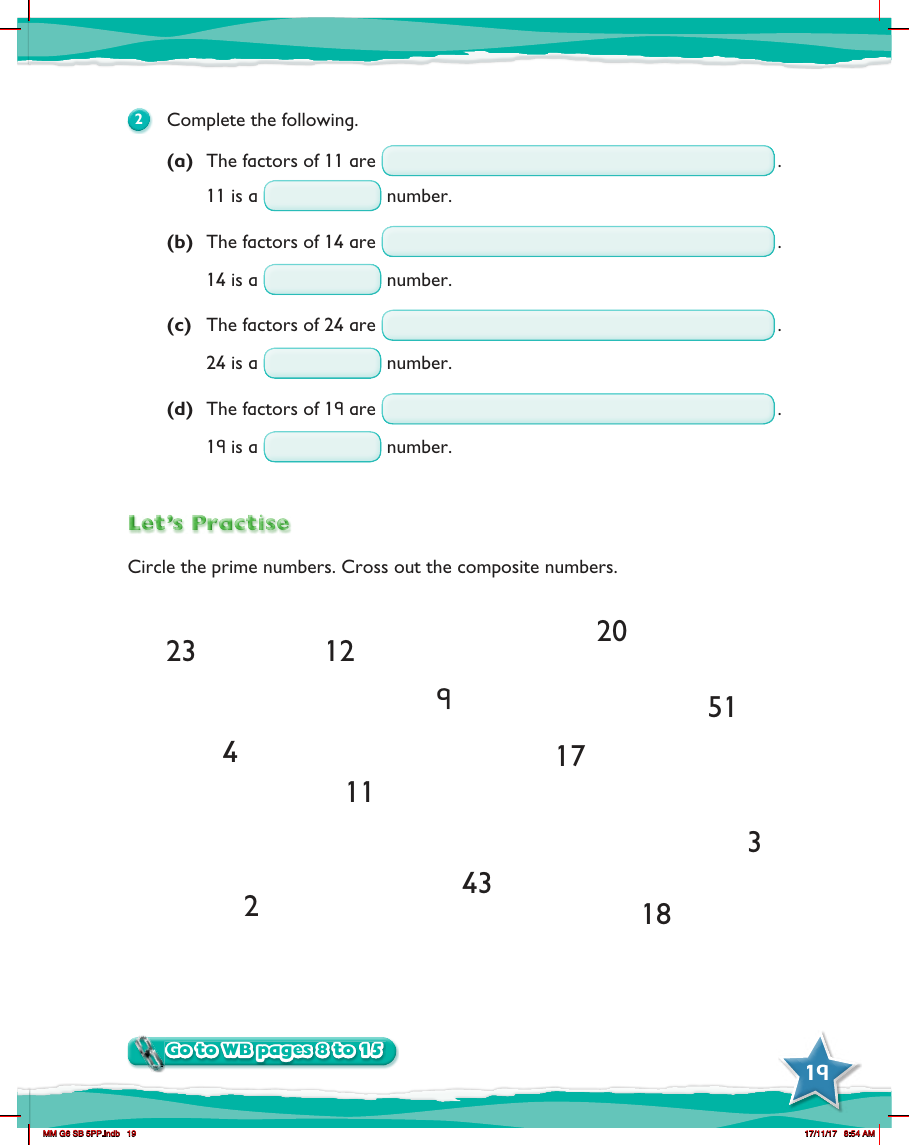
Maths Resource Description
In a mathematics exercise designed for Year 6 students, the focus is on distinguishing between prime and composite numbers. The task requires students to identify the factors of given numbers and then classify each number accordingly. For instance, the factors of 11 are only 1 and 11 itself, making it a prime number, since prime numbers have exactly two distinct factors. Conversely, the number 14 has more than two factors, including 1, 2, 7, and 14, which classifies it as a composite number because composite numbers have more than two factors.
The exercise continues with a practical activity where students are asked to circle the prime numbers and cross out the composite numbers from a list provided. This list includes a mix of both prime and composite numbers, such as 23, 12, and 20, among others. The prime numbers, which are numbers that have no other factors but 1 and themselves, include 11, 17, 2, 3, 19, and 43. On the other hand, composite numbers like 12, 20, 18, 51, 4, and 9 have additional factors apart from 1 and the number itself. This hands-on approach helps students to apply their understanding of the concept of prime and composite numbers to identify them in a series of examples.
